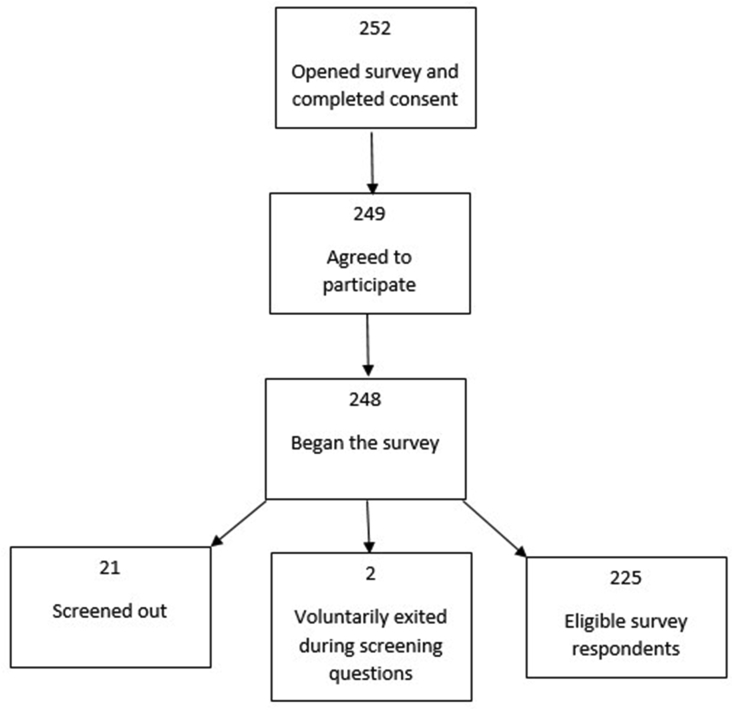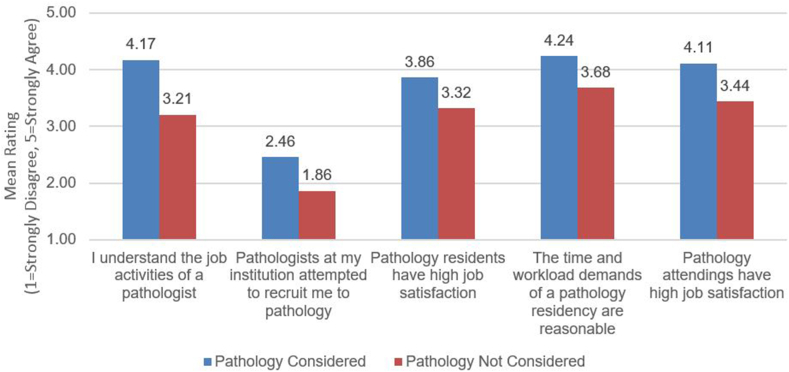Factors influencing US osteopathic medical students to choose pathology as a specialty
Abstract
The decline in the number of US allopathic (Medical Doctor or M.D.) medical students matching to pathology residency has been a topic of much discussion at national pathology professional society meetings and in recent publications. A recent survey of fourth-year allopathic medicals students was conducted to better understand the rationale behind students’ interest or lack thereof in pathology as a specialty. This study utilizes a similar survey tool gauging osteopathic (Doctor of Osteopathy or D.O.) student knowledge and interest in pathology, and offers insight into a possible growth market for the specialty. Similar to allopathic students, osteopathic students noted that clinical or research opportunities in pathology during medical school, autopsy observation/participation, and participation in pathology interest groups correlated with a greater likelihood of selecting pathology as a specialty. However, some key differences in osteopathic medical school curricular elements including microscope use, gross pathology specimen demonstrations, case-based learning by pathologists, exposure to pathology during other rotations, awareness of a pathology interest group, as well as an overall understanding of the everyday work of a pathologist were noted. Experiential exposure to pathology, and direct mentorship from pathologists may present an opportunity for pathology professional organizations, and pathology residency programs to partner with osteopathic medical schools to increase interest in the field, and aid in pipeline development.




 求助内容:
求助内容: 应助结果提醒方式:
应助结果提醒方式:


